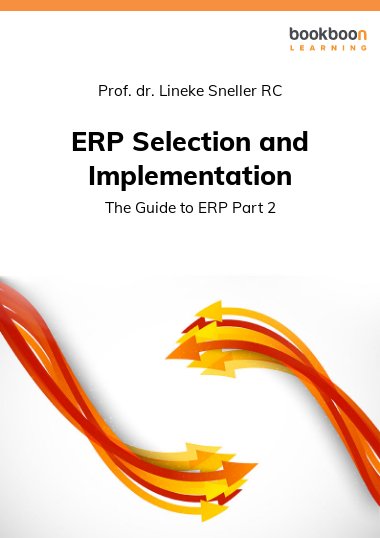One of the most influential IT developments in the past fifty years has been Enterprise Resource Planning, or ERP. The Guide to ERP supports managers and project leaders who are working with ERP in organisations. It consists of three parts. This second part considers selection and implementation of ERP.
This second part is particularly written for managers and employees who make or prepare decisions about ERP selection, implementation and use. The ERP life cycle is introduced, as well as methods that can be used for selection and implementation. It ends with a detailed case study of an ERP business case.
About the Author
Prof. dr. Lineke Sneller RC is Professor of Internal Controls - IT Value at Nyenrode Business University. Her research interests include Enterprise Resource Planning and IT Governance. Her PhD dissertation was 'Does ERP add company value?'
In addition to her contributions to Nyenrode, Lineke is a Supervisory Board member at EY, ProRail, Infomedics and Van Wijnen. In the past fifteen years, she has also held several international CIO and Board positions.
Lineke has been project manager of an international ERP implementation. As a CIO, she has been responsible for several ERP systems.
